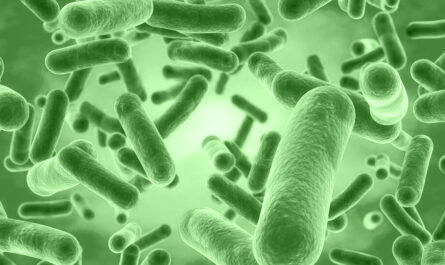Commercial seaweed or marine macroalgae refers to various species of algae that are harvested for commercial use. Seaweed contains important nutrients and molecules that are used across numerous industries globally. Major commercial seaweed species include red algae (Rhodophyta), brown algae (Phaeophyceae), and green algae (Chlorophyta).
Global Production
Seaweed is one of the most widely cultivated plant species across the world. Major Commercial Seaweed producing countries are China, Indonesia, the Philippines, South Korea and Japan which collectively account for over 90% of total world seaweed aquaculture.
Red algae called nori or laver is the dominant seaweed cultivated in Asia. It is mainly processed into edible wraps for sushi. Green algae ulva or monostrom is also widely farmed and consumed as food across coastal Asia. Brown algae such as kelp is used globally for the extraction of alginates in industries ranging from food to industrial products.
Nutritional Value of Seaweeds
Seaweeds are highly nutritious and contain vital minerals, vitamins, antioxidants and bioactive molecules. They are rich sources of iodine, magnesium, calcium, iron, zinc, folate and vitamins A, C, E and B-complex. Seaweeds also contain carbohydrates, proteins and antioxidants beneficial for human health. Consumption of edible seaweeds is associated with reduced risk of obesity, cardiovascular diseases, diabetes and certain cancers.
Food and Nutraceutical Applications
A majority of Commercial Seaweed ed production is used for direct human consumption as food or processed further into food ingredients and nutraceuticals. Nori and wakame are popular seaweed ingredients added to soups, salads and snack products for their savory umami taste and nutrition. Carrageenan and alginates extracted from red and brown algae respectively are utilized as food thickeners and stabilizers. Novel bioactive compounds from seaweeds are also under research for developing functional foods and dietary supplements.
Agricultural and Industrial Uses
Apart from the food industry, seaweeds find diverse applications across other sectors. Alginates from kelp are used in agriculture as soil conditioners and enhancers for water retention. They are also formulated into hydrogels for controlled release fertilizers. In industrial manufacturing, alginates produce fibers, resins, textiles and coatings. Calcium alginate is used in wound dressings due to its hemostatic and antibacterial properties. Seaweed extracts serve as emulsifiers, stabilizers and gelling agents in cosmetics, personal care and pharmaceutical products.
Challenges and Sustainability
Though a promising sector, seaweed aquaculture faces environmental sustainability challenges primarily related to resource use efficiency, carrying capacity and invasive species. Overharvesting of wild seaweeds can also negatively impact marine ecosystems. New integrated multi-trophic aquaculture models co-cultivating seaweed with marine fish are being tested to optimize nutrient utilization from farm effluents. Domestication of varieties suitable for polyculture and land-based systems help mitigate such pressures on coastal habitats. With research in genetics, new high-yielding seaweed strains are commercially viable options. Overall, a well-regulated seaweed industry offers opportunities for sustainable blue economic growth globally.
Advancing Cultivation Technologies
Traditional seaweed farming largely involves free-floating raft or longline systems where natural ocean currents disperse nutrients. However, large-scale controlled production demands innovative approaches. Recirculating aquaculture systems (RAS) enable land-based seaweed cultivation independent of weather conditions. RAS integrate hydroponic and aquaponic components to optimize water and nutrient reuse. Advances in integrated multi-trophic aquaculture (IMTA), selective breeding, genetic engineering and biomimicry also promise higher seaweed biomass productivity per unit area and production cycle. Under optimal conditions, annual kelp yields over 30 tons per hectare are feasible with such advanced technologies.
As global demand for nutritious foods and green biomaterials accelerates, seaweed aquaculture presents significant untapped potential. It can complement terrestrial agriculture and help address challenges of food, nutrition and resource security. Commercial seaweed production is projected to exceed 50 million tons annually by 2030. Further industrial applications in bioplastics, biocomposites and renewable biorefinery will boost its economic value. Sustainable seaweed farming aligned with environmental protection goals is key to future-proofing this blue industry. Appropriate policies, technical know-how transfer to entrepreneurs and international trade cooperation will be essential drivers for realizing seaweeds’ potential as a multi-billion dollar sustainable bioeconomy globally.
*Note:
1. Source: Coherent Market Insights, Public sources, Desk research
2. We have leveraged AI tools to mine information and compile it



